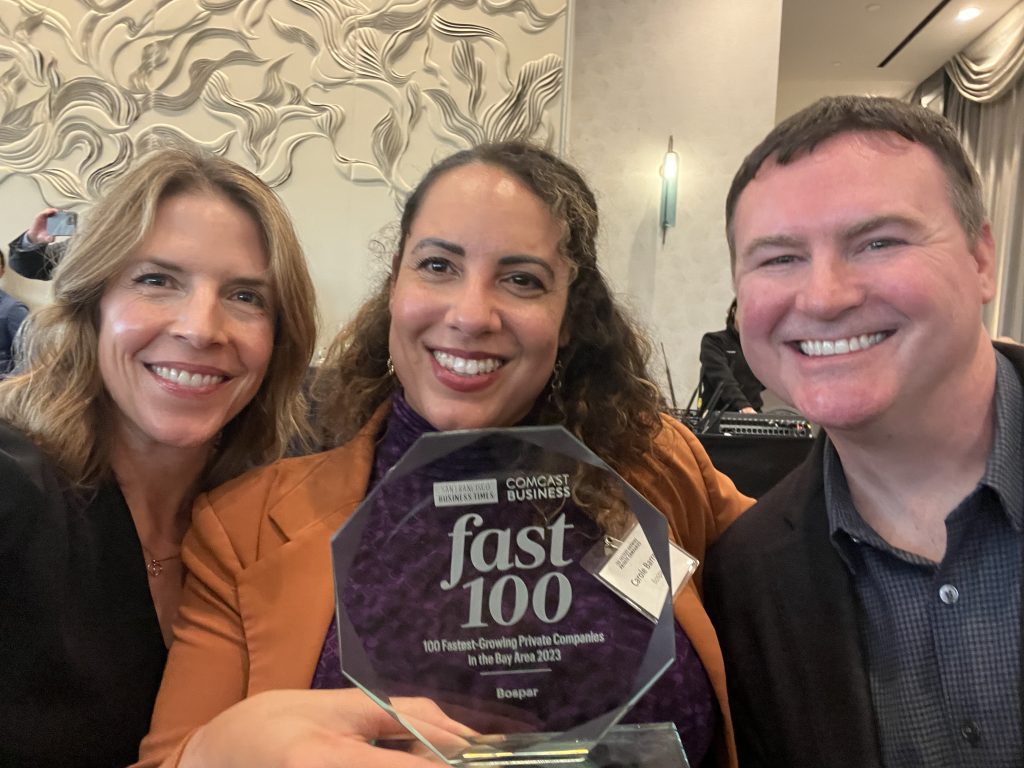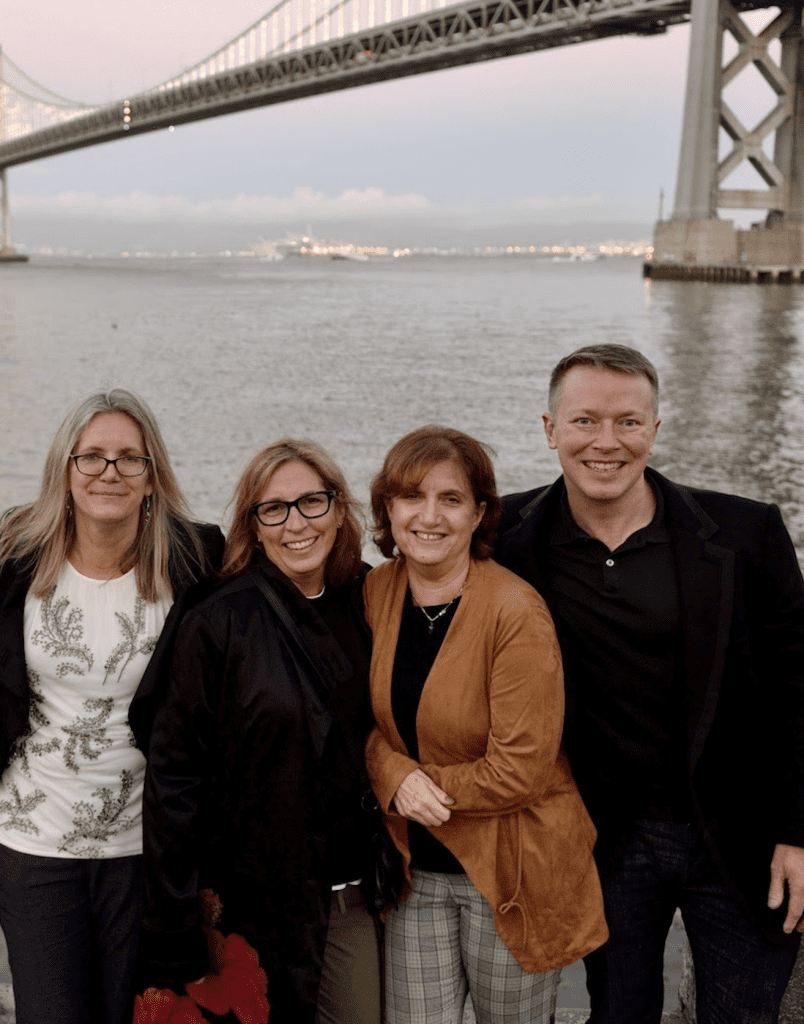What makes you a unique contributor to Bospar and its clients?
I have more than 20 years of PR experience and completed graduate studies at the USC Annenberg School for Communication and Journalism, so I know what makes a good story. I help clients with their messaging and storytelling, so their story resonates with their target audiences.
I started at some big agencies like Golin (formerly Golin/Harris) on everything from Mattel Hot Wheels and infant formula to pet care, so I’ve done a lot of diverse consumer campaigns. Later I moved into interactive entertainment – video games in particular – for several years with clients such as Electronic Arts and Warner Brothers Interactive Entertainment.
In 2014, I met Bospar principals Chris Boehlke and Curtis Sparrer at Grayling where I worked on enterprise and B2B campaigns. I really loved it because I love working with smart people.
I think my unique contribution to Bospar and its clients is my ability to get things organized, help clients prioritize, and counsel them on data-driven media strategies that really move the needle. I also help companies align their PR efforts with their business goals and the publications that can best influence the audiences they want to reach.
So, you have worked at agencies that represent B2C and B2B clients and companies of all sizes. What are some of the common challenges clients face?
Message consistency. Quite often, the CEO or the founder has some ideas, that not everyone shares, so we want to get everyone speaking the same language. That’s true for any company irrespective of industry.
I also think it’s important to be able to adjust your strategy to meet your changing goals. We need to have a seat at the table so we can align a client’s PR program with their marketing program, so we are able to support their overall business objectives.
What’s the most challenging? The story? The audience?
You need the ability to tell a story that resonates with the audience. An effective first step is conducting a survey to uncover your customers’ biggest pain points and how you’re meeting those needs.
A lot of startup founders have difficulty telling their stories. Maybe they’re new to the business world or so technical they have trouble translating dense information into something non-technical people can understand, such as business and broadcast reporters. Some CEOs prefer not to do any interviews at all, which really has a negative impact on PR results.
Regardless of where clients are, we strive to understand where they want to go so we can help them get there.
So, let’s say I’m one of these people who doesn’t have years of experience talking with reporters or talking with reporters is making me nervous. How can you help me?
You need to be able to articulate what you do and what your value proposition is, in layman’s terms, without using a lot of jargon. You need a crisp message that’s easy to understand. You also need a few talking points, the three to five key things, such as:
- What problem are you trying to solve?
- How are you doing it?
- Why are you doing it?
- Why should investors or your primary targets pay attention to what you’re doing?
Also, things change, so you need the ability to adapt.
Two important things when you get started (or restarted), it’s wise to survey your target audiences to understand the pain points and persona mapping upfront. Then, you want to monitor your results, so you understand what’s working and not working. If it’s not working, figure out why and pivot.
I also like to have a close relationship with the sales team to find out what they think resonates with prospects and customers. If we can work with organizational leaders, like your CEO, CIO, CMO, or chief digital or innovation officer, we can unearth more of the gold nuggets that help clients fuel their momentum.
What’s the best way to reach analysts if you’re not subscribing to their services?
That is tricky. Gartner has some opportunities that don’t require a subscription, like the Cool Vendor profile. It doesn’t cost anything, but if you want to appear on the Magic Quadrant or be included in a Gartner Hype Cycle report, that’s tens of thousands of dollars.
We work with our clients to take advantage of those opportunities because it’s recognition and it gets your foot in the door.
We work with many different analyst firms on behalf of clients. There are a variety of reports that investors look at and those are important ones to pursue. Some boutique firms lack the cachet of Forrester or Gartner, but it’s important to be on their radar because they may eventually become an evangelist for your brand down the line.
With the economic downturn, media companies are funneling vendors toward sponsored opportunities more than before. While there are still earned opportunities, there are fewer of them because it’s a matter of long-term survival. What’s it like on the front lines?
We’re still able to get media coverage for our clients even though the number of outlets might be shrinking. I think Bospar is a great example of how to evolve with the times.
Deep media relationships are important. A lot of companies come to us because they are not getting the PR exposure they want from their current agencies, and they want help getting that momentum and visibility.
The most successful client relationships we have consider us a true extension of their team. They provide us with the information we need in a timely manner, so we’re able to do a lot more for them than we could without it.
Finally, don’t be afraid to think big. Some companies are stuck in a rut, just doing the same thing over and over. Listen to what your PR partners are saying so you understand what their recommendations are and be ready to take chances.




